
Department of Housing documents confirm that under the HMWB designation, rivers and lakes will no longer be required to achieve 'Good Ecological Status,' with the target instead shifting to 'Good Ecological Potential' (GEP).
Many of Kildare’s vital rivers and lakes, already struggling with ecological health, face a new designation under proposed government plans:
If the plans go ahead, they will be designated as "Heavily Modified Water Bodies" (HMWBs).
This classification means that these waterways have been so extensively altered by human activities – including drainage, flood protection, and water storage – that returning them to a natural state is deemed unworkable.
Environmental groups have told Kfm that the implications of this reclassification are significant.
The Sustainable Water Network (SWAN) and The Rivers Trust have said the new label is a technical term that, in practice, "means they would no longer have to meet the same high standards for environmental health as other rivers and lakes."
Among the water bodies potentially affected are parts of the Barrow, Blackwater, Glash, Morell, Rye Water, and Castletown rivers, as well as the Leixlip Reservoir and Golden Falls Lake on the River Liffey.
While these modifications serve crucial purposes, such as supporting farming, protecting homes from flooding, and supplying drinking water - environmental groups argue that the environmental cost is too high.
They said many of these rivers and lakes are currently in poor or moderate ecological health.
Campaigners are particularly critical of the government's approach, suggesting that the HMWB label is being used to "avoid" proper restoration.
Sinéad O'Brien, CEO of SWAN, stated, "The government’s plan to lower protections for one in ten of our rivers, lakes, and coastal waters, without evidence or proper explanation, shows disregard for the public."
Department of Housing documents confirm that under the HMWB designation, rivers and lakes will no longer be required to achieve 'Good Ecological Status,' with the target instead shifting to 'Good Ecological Potential' (GEP).
The documents state that there is no better environmental alternative and that returning the rivers and lakes to a better state would be too costly.
The Department also clarified that "GEP is not a less stringent objective. Setting GEP as the objective for a HMWB takes into the account the fact that the water body is hydromorphologically modified in order to serve a beneficial use. The water body will still need to meet all of the other water quality standards that are not deemed to be affected by the hydromorphological modification as well as achieving the best possible standard for parameters that are affected by the modification."
SWAN and The Rivers Trust, however, have taken issue with the government's formal consultation process on the plan, describing it as "confusing, inaccessible, and difficult for communities to engage with."
They believe the current consultation, which ran from March 27th to May 23rd, should be redesigned and reopened only after the necessary analysis has been completed.
Dr. Constanze O’Toole, Deputy Director of The Rivers Trust All-Ireland, said: "Labelling rivers as ‘Heavily Modified’ has long-term consequences, so people deserve to see the evidence and understand the impact."
She said local communities should have a direct say in "what happens to their water.”
Under Government plans, the number of heavily modified water bodies in Ireland would rise from 33 to 466.

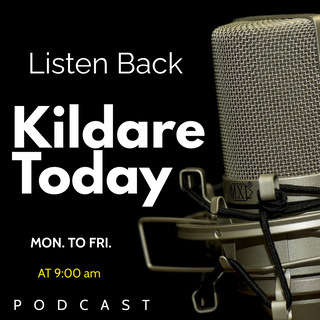

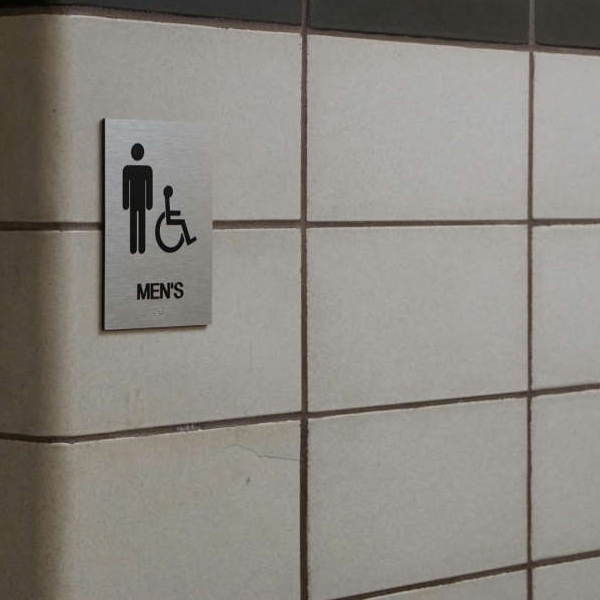 Call For Sanitary Bins In Men’s Toilets To Support Prostate Cancer Survivors
Call For Sanitary Bins In Men’s Toilets To Support Prostate Cancer Survivors
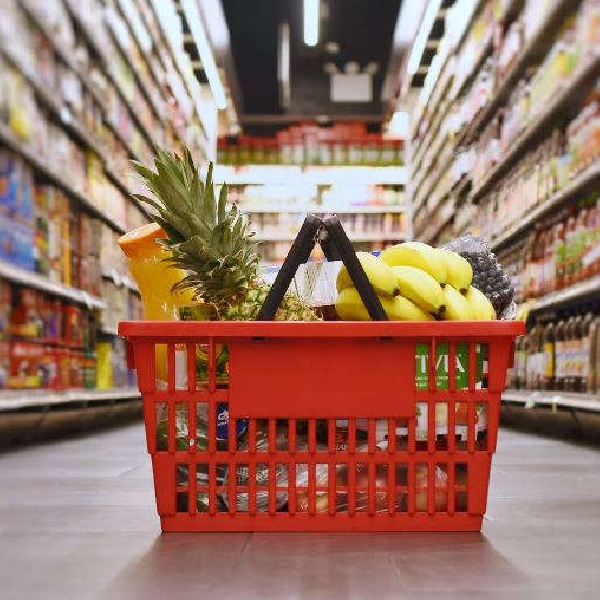 Own-Brand Foods Often Produced By Same Factories As Big Labels, Says Money Doctor John Lowe
Own-Brand Foods Often Produced By Same Factories As Big Labels, Says Money Doctor John Lowe
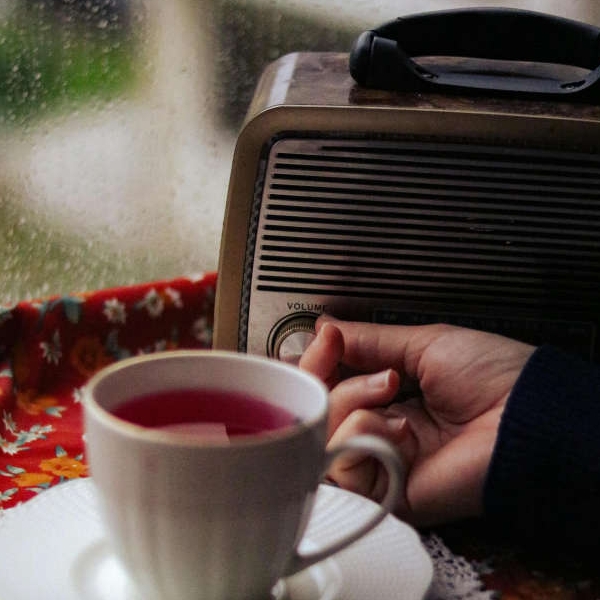 Kfm Strengthens Position As Kildare’s Most Listened-To Station, According To Latest Ipsos/MRBI Report
Kfm Strengthens Position As Kildare’s Most Listened-To Station, According To Latest Ipsos/MRBI Report
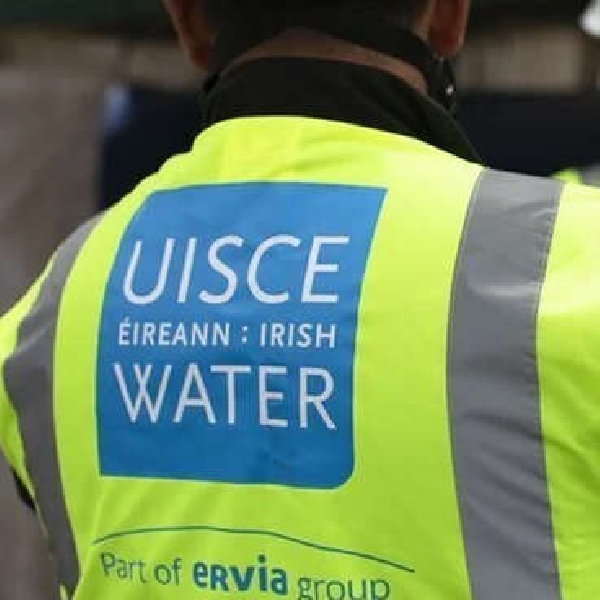 Quarter Of Uisce Éireann Staff Earned Over €100k Last Year
Quarter Of Uisce Éireann Staff Earned Over €100k Last Year
 Meath Bird Flu Case Prompts Warning, But Chicken And Turkey Safe To Eat, Says Agriculture Minister
Meath Bird Flu Case Prompts Warning, But Chicken And Turkey Safe To Eat, Says Agriculture Minister
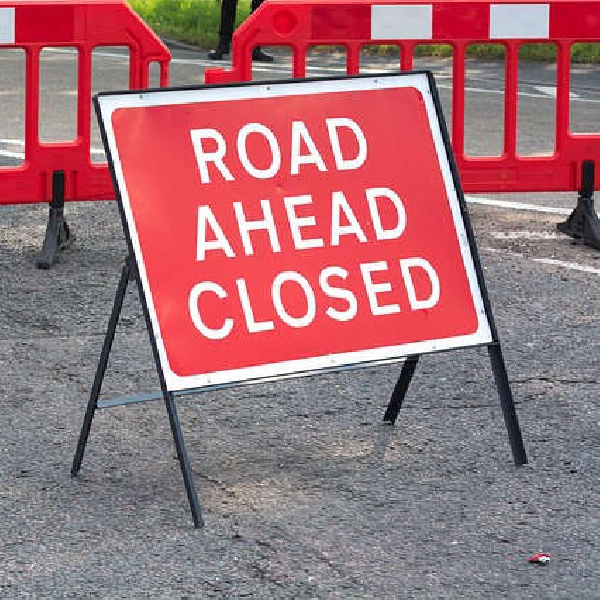 One-Month Road Closure In Catherinestown To Start Next Week To Facilitate Maynooth Pipeline Works
One-Month Road Closure In Catherinestown To Start Next Week To Facilitate Maynooth Pipeline Works
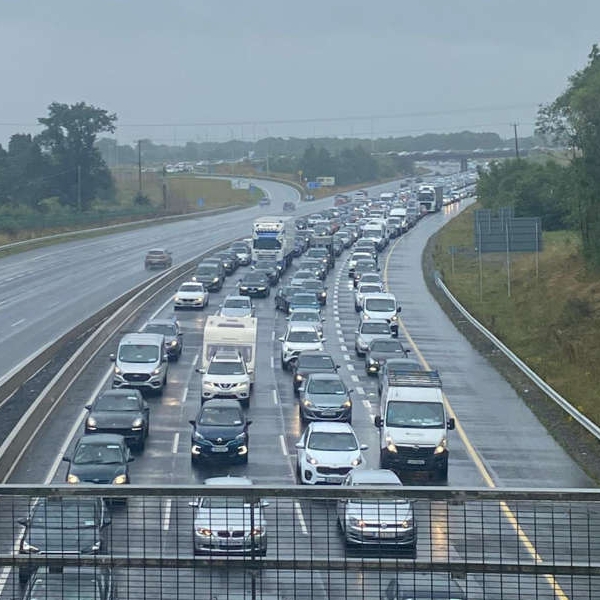 Commuter Chaos On M7/N7 Renews Calls For Standby Emergency Response Team During Morning Gridlock
Commuter Chaos On M7/N7 Renews Calls For Standby Emergency Response Team During Morning Gridlock
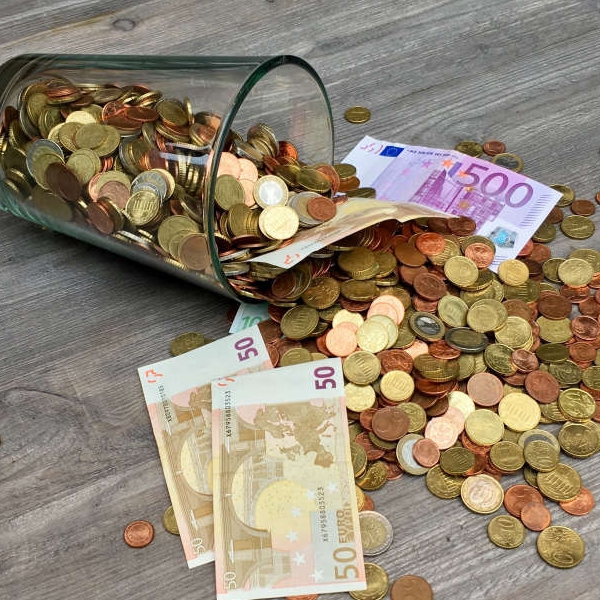 Thousands Of Workers Could Get Tax Back In Time For Christmas, Says Financial Advisor
Thousands Of Workers Could Get Tax Back In Time For Christmas, Says Financial Advisor


